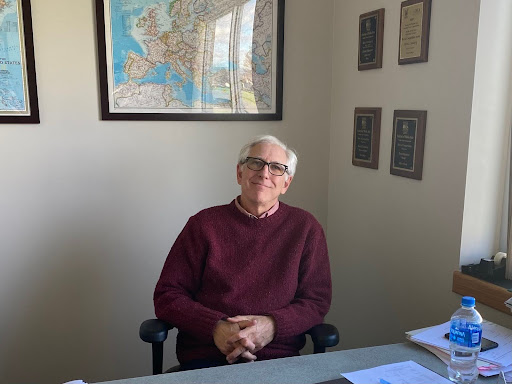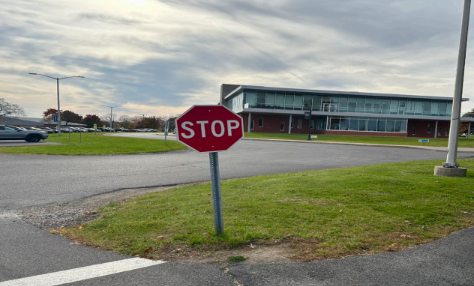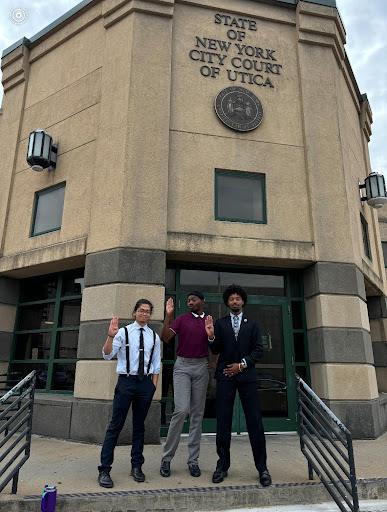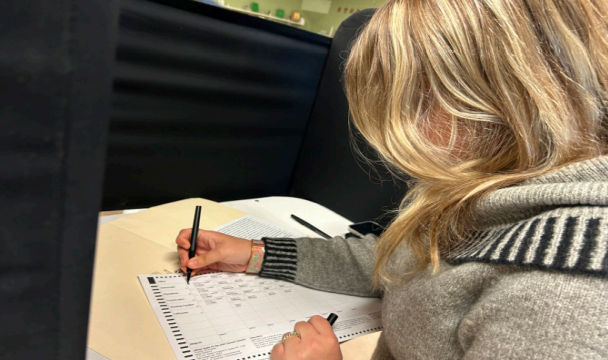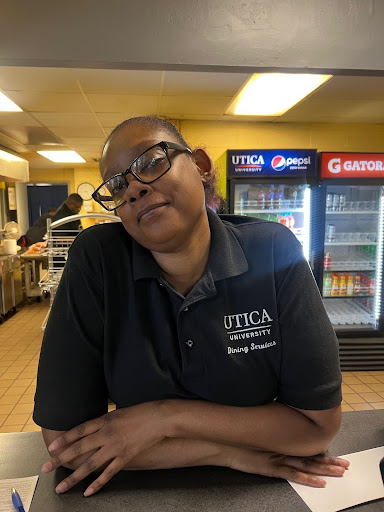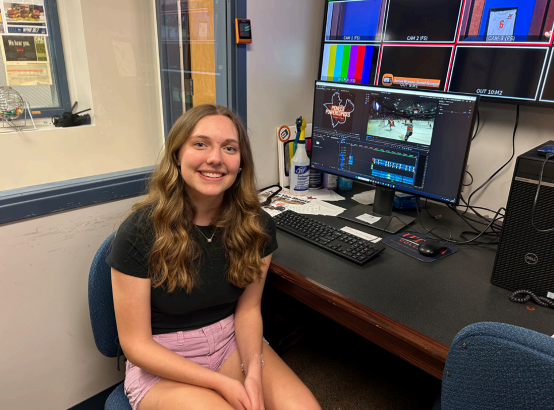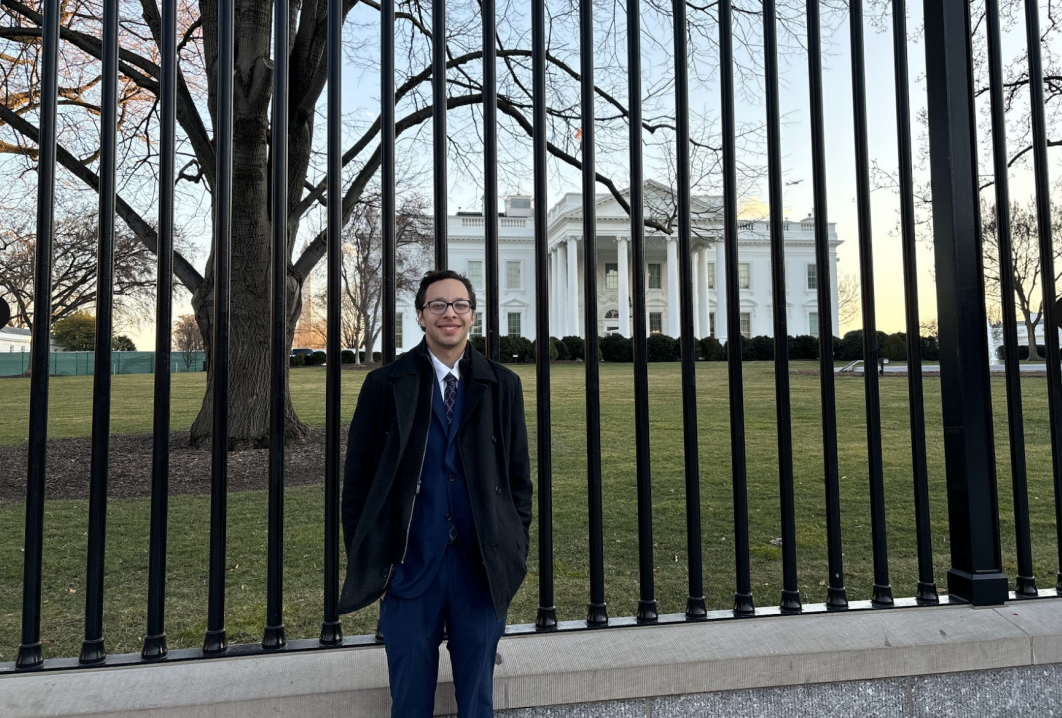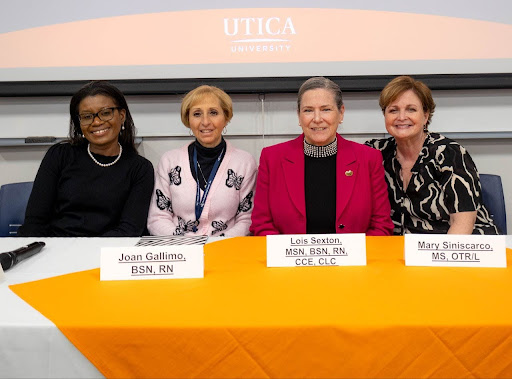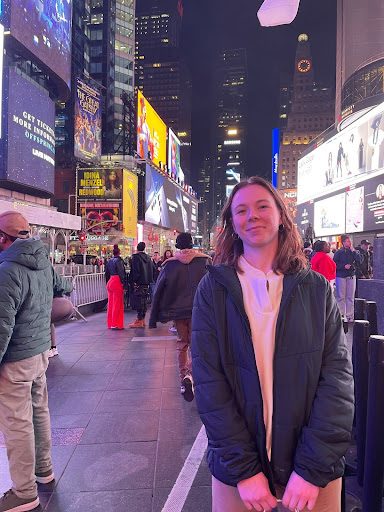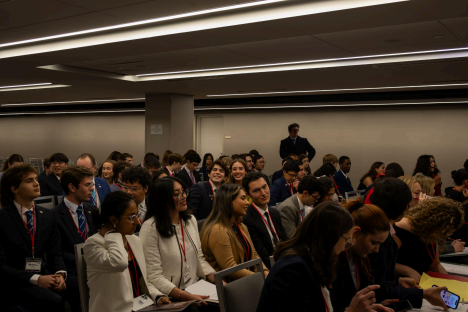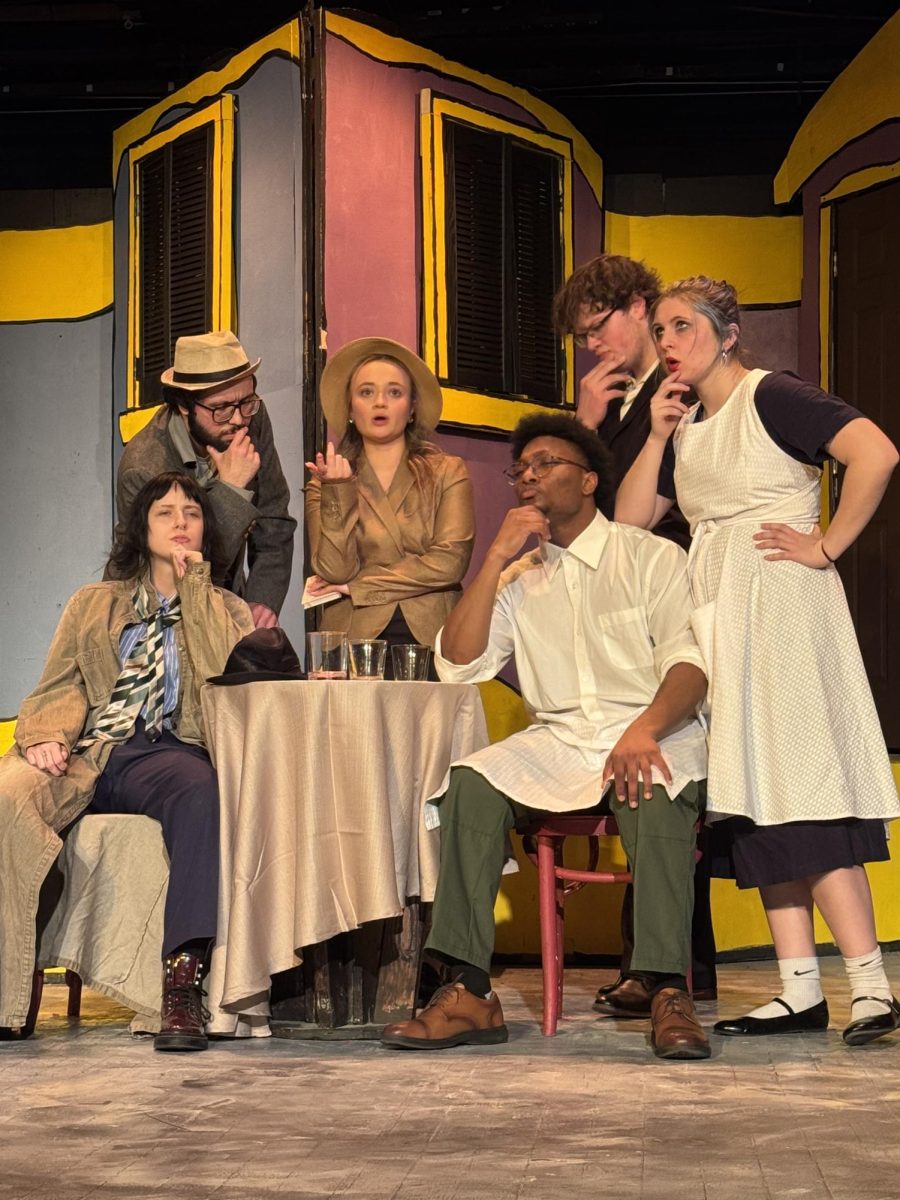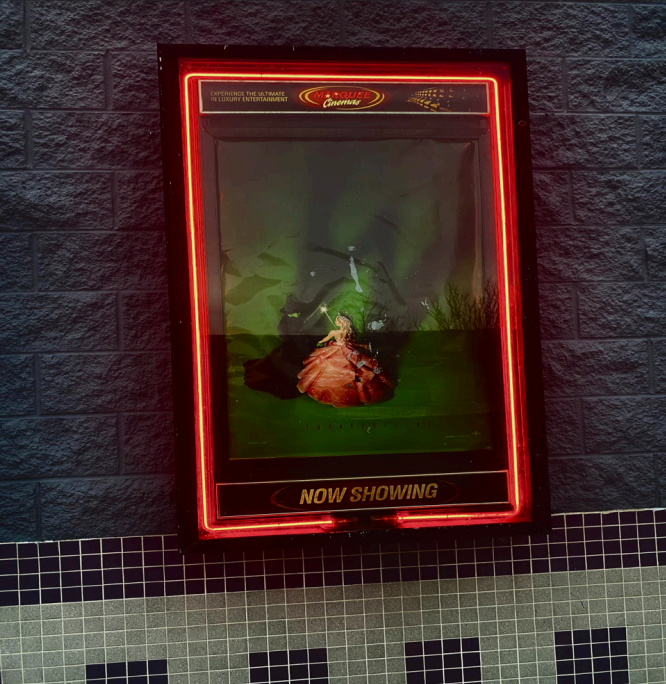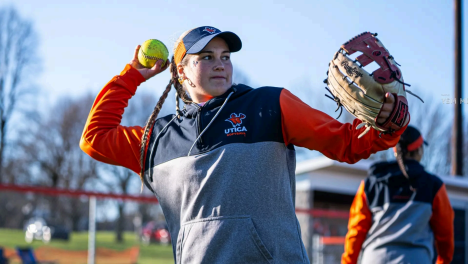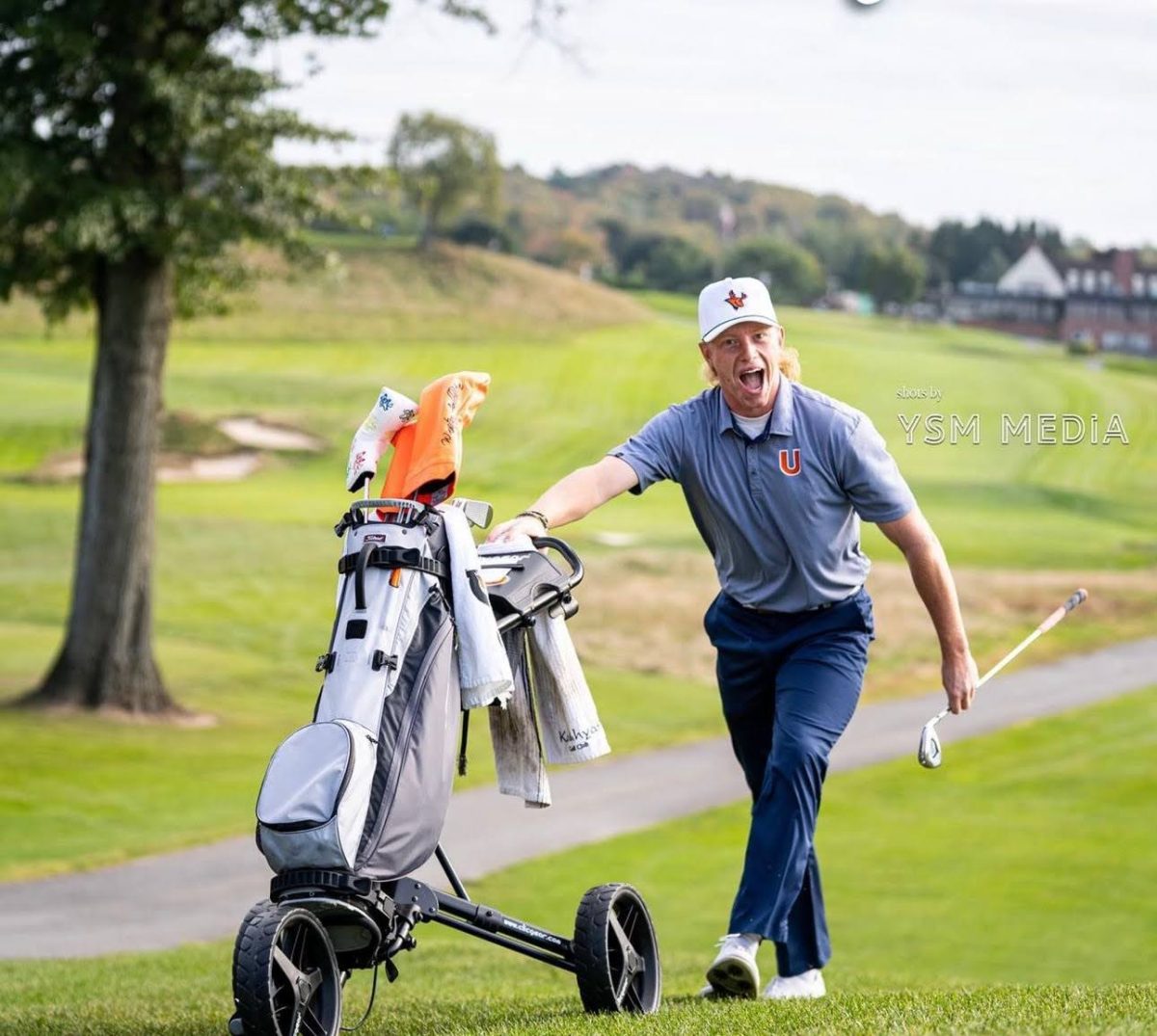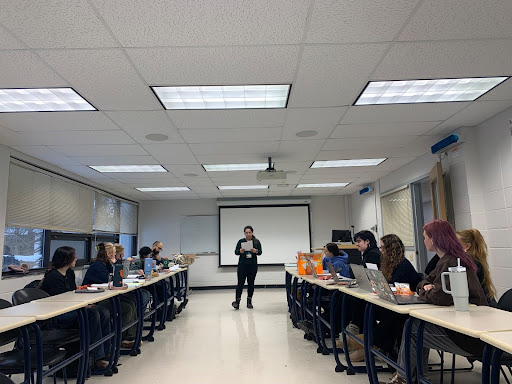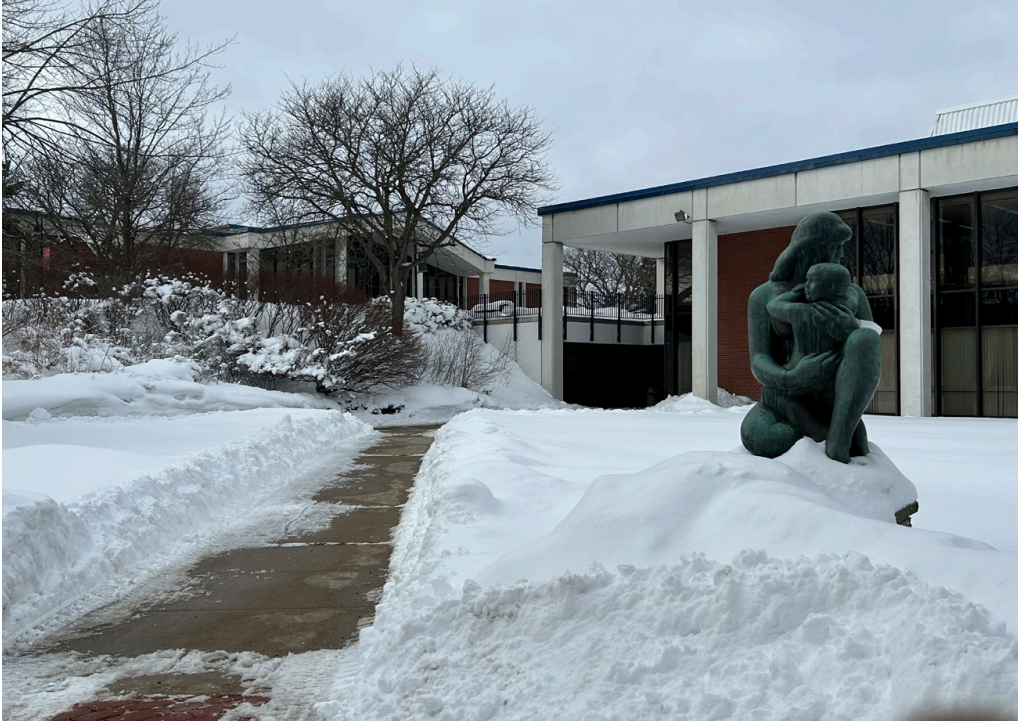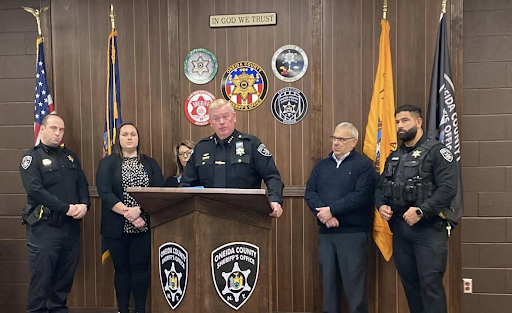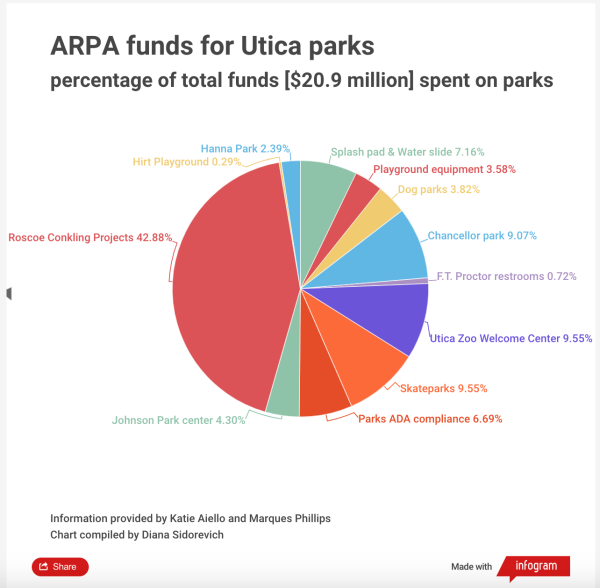
President Joe Biden signed the American Rescue Plan Act (ARPA) in March 2021, a federal bill stimulus to aid public health and economic recovery following the pandemic in 2020. The bill was designed to help revitalize cities most impacted by COVID.
According to the U.S. Department of Treasury, Utica received $60 million, about 80% of the city’s $74.4 million budget. Oneida County as a whole received $44 million. ARPA money has specific parameters; it cannot be used to pay back city debt, to offset tax reductions or a tax increase or to be deposited into any pension fund. The city worked with treasury representatives in the local area and consulting firm Whiteman Osterman & Hanna, specializing in federal law, to ensure they use the funds within the bill’s guidelines, according to Marques Phillips, commissioner of codes enforcement and director of city initiatives.
Phillips said Utica felt a sense of urgency to spend the money so they wouldn’t be subject to potential reversions from Congress in the future. They quickly allocated the funds, spending close to 80% at this point. The city wanted to make sure “that our taxpayers saw the benefit of this amount of money,” Phillips said.
Mayor Robert Palmieri said the city wanted to use the money in a way that would benefit residents of all ages, in all neighborhoods. During COVID, Utica saw more people utilizing parks and had a desire for increased amenities, Palmieri said. They reached out to hear what citizens would like to see improved and added to the city’s and neighborhood parks now that they had the means to invest in parks and infrastructure.
“It really was a shot in the arm for the city of Utica and that these funds will be utilized not just for example public safety, it’ll be utilized for all of our residents,” Palmieri said.
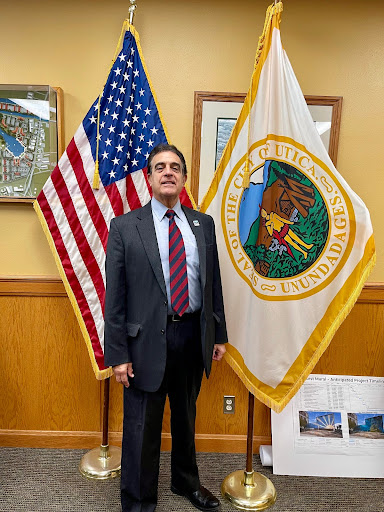
The city improved Proctor Park by adding two dog parks, a water slide, splash pad and inclusive playground. The city wanted it to be “a one-stop shop,” said Palmieri, all in a walkable distance. The positive side of COVID was that it helped the city better understand who the parks were being utilized by, said Palmieri, from toddlers to young adults, adults and seniors. Palmieri said a 500% increase in the use of the new slide at Buckley pool is expected.
“That really was the catalyst for us taking a look at our parks and realizing, with this ARPA funding, it gives us the opportunity to do something that financially, we would never be able to do on our own,” Palmieri said.
Using COVID money for parks was controversial for some residents, Phillips said, but the closure of schools and other facilities showed the city that Utica lacks programming and activities for its demographic. They wanted to create spaces where senior citizens, adults and children could all utilize and practice social distancing if needed.
“A big part of why COVID hit this area hard is because of the underlying health conditions of the population, and parks are a way for people to be active, go outside and be more fit for an overall healthier population that can stomach sickness or another pandemic,” Phillips said.
Major and smaller projects were done in other parks including Kemble Park, Hanna Park, Hirt Playground, Addison Miller Park and Lincoln Skatepark. Chancellor Park and four projects at Roscoe Conkling Park were among the bigger projects that required more funds. The city worked with industry-leading experts, such as Spohn Ranch Skateparks, to design the new recreational areas.
The ARPA funds allowed the city to work toward a long term goal, making the city self-sustaining, Palmieri said. This included revitalizing the third largest park system in New York which would capture people throughout the region, from Westmoreland, New Hartford, Marcy and other municipalities, “to bring them into our city to utilize our parks so then we have expendable money though sales tax,” Palmieri said.
“It continues to let us grow without really affecting our tax base,” Palmieri said. “You can’t always put it on the backs of property tax.”

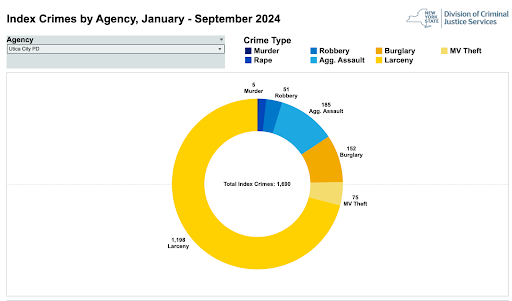



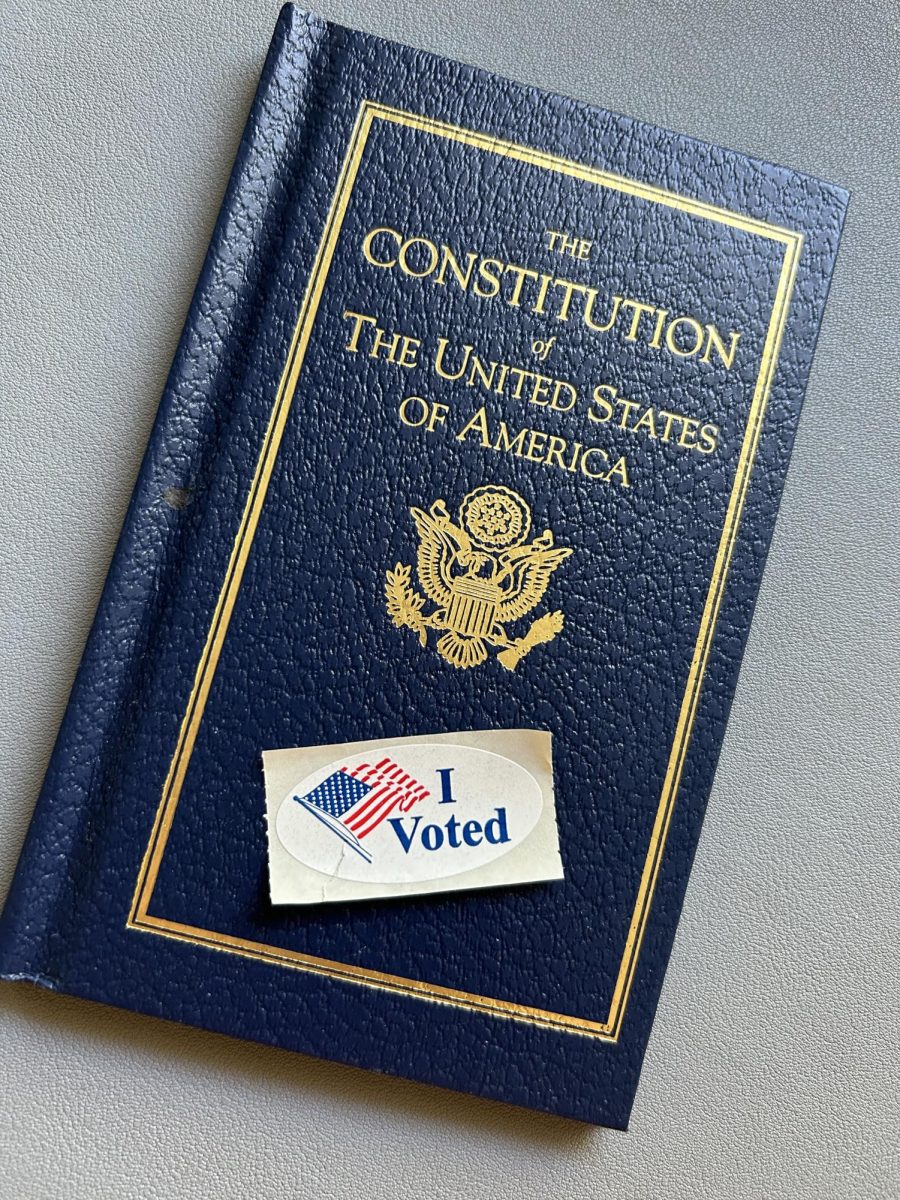








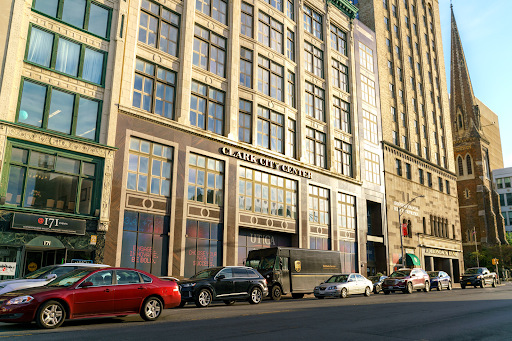



![President Todd Pfannestiel poses with Jeremy Thurston chairperson Board of Trustees [left] and former chairperson Robert Brvenik [right] after accepting the university's institutional charter.](https://uticatangerine.com/wp-content/uploads/2023/10/unnamed.jpeg)
